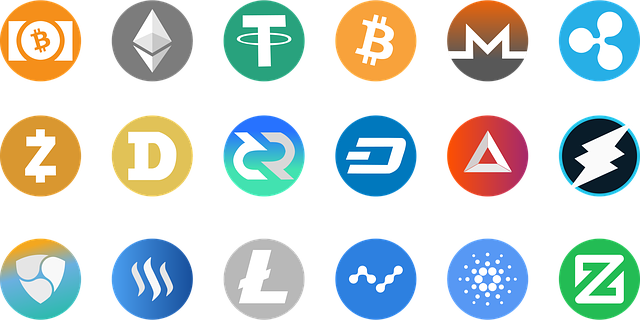Understanding Stablecoins in Crypto: The Future of Digital Currencies

1. What are Stablecoins?
Stablecoins are a type of cryptocurrency designed to mitigate the volatility typically associated with traditional cryptocurrencies like Bitcoin and Ethereum.
2. How do Stablecoins Work?
Stablecoins are usually pegged to a stable asset or reserve, such as fiat currencies like the United States Dollar (USD) or commodities like gold.
3. Benefits of Stablecoins
- Reduced Volatility: Stablecoins offer a more stable value compared to other cryptocurrencies, making them more suitable for everyday transactions.
- Transparency: Stablecoins often come with transparent mechanisms for issuing and redeeming tokens, ensuring trust and accountability.
- Accessibility: Stablecoins provide users with wider access to financial services, especially in regions with limited banking infrastructure.
- Efficiency: Stablecoins offer faster and cheaper cross-border transactions compared to traditional banking systems.

4. Types of Stablecoins
There are different types of stablecoins based on their underlying mechanisms:
- Fiat-Collateralized Stablecoins: These stablecoins are backed by fiat currency reserves held by a custodian or stored in a bank account.
- Crypto-Collateralized Stablecoins: These stablecoins are backed by other cryptocurrencies held as collateral.
- Algorithmic Stablecoins: These stablecoins use smart contracts and algorithms to maintain stability, often by expanding or contracting the token supply based on demand.
5. Popular Stablecoins
Some well-known stablecoins in the crypto space include:
- Tether (USDT): The largest stablecoin by market capitalization, Tether is pegged to the US Dollar.
- USD Coin (USDC): USDC is an Ethereum-based stablecoin that offers transparency and regulatory compliance.
- DAI: DAI is a decentralized stablecoin that operates on the Ethereum blockchain using smart contracts.
6. The Future of Stablecoins
Stablecoins have gained significant traction in the crypto industry and are viewed as a bridge between the traditional and digital financial systems. As central banks explore the possibility of issuing their own central bank digital currencies (CBDCs), stablecoins are paving the way for broader adoption of digital currencies in everyday transactions.
With their stability, transparency, and efficiency, stablecoins are likely to play a crucial role in the future of finance, offering user-friendly solutions for individuals, businesses, and even governments worldwide.
For more insights into the crypto world, check out our article on What is a Crypto Signal App?